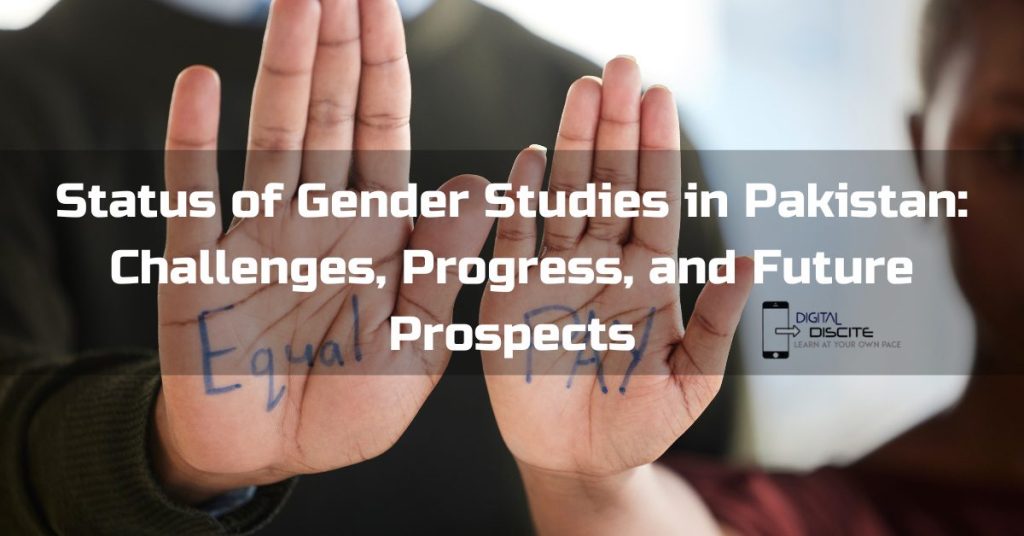Problematizing the Category of “Sex”: Queer Theory
Introduction
The category of “sex” is often assumed to be a clear, stable, biological fact: male or female, determined by anatomy, chromosomes, hormones. Queer theory, however, challenges this assumption. It asks: What if “sex” itself is not purely natural but is shaped by discourse, norms, institutions, and history? Problematizing the category of sex means examining how that category is constructed, maintained, and made to seem “natural”—and considering the implications when bodies, identities, or experiences don’t fit neatly into those categories.
In this post, I’ll explore:
- What queer theory says about the category of sex
- Key thinkers and arguments
- Examples and empirical challenges to the category
- Critiques and debates
- Implications for how we understand gender, identity, and social justice
What Does Queer Theory Mean by “Sex”?
Queer theory is a critical approach that emerged in the early 1990s from fields such as feminist theory, poststructuralism, LGBTQ+ studies, and cultural studies. It focuses on how categories of sex, gender, and sexuality are not natural givens but are socially and discursively produced—and how they often exclude or marginalize those who don’t fit dominant norms.
In queer theory:
- Sex is not simply “biological fact” but is understood as mediated through social norms: what counts as male/female anatomy, how we interpret genitalia, hormonal levels, chromosomes, etc., are all subject to cultural framing. Judith Butler is a key thinker here.
- Gender identity, gender expression, sexual orientation are often assumed to align with sex—but queer theory highlights mismatches, fluidity, and the instability of such alignments.
Key Thinkers & Arguments
Here are major figures in queer theory who problematize the category of sex, with representative arguments and quotations.
| Thinker | Key Idea(s) | Example / Quote |
|---|---|---|
| Judith Butler | Butler argues that even sex is not prior to discourse or culture; “sex” is itself a normatively constructed category, materialised through repeated regulatory practices. The boundary between “sex” (biological) and “gender” (cultural) becomes unsettled. | From Gender Trouble and Bodies That Matter, Butler writes: “’sex’ becomes something like a fiction, perhaps a fantasy, retroactively installed at a prelinguistic site to which there is no direct access.” Also: “biological sex is culturally instituted … gender all along.” |
| Eve Kosofsky Sedgwick | Sedgwick explores how sexual identities and sex categories are enforced through norms, how binaries such as male/female, homosexual/heterosexual do work in culture and limit possibilities of identity. She helps show that categories exert power. | |
| Teresa de Lauretis | One of those who helped coin “Queer Theory” (1991) and argued for refusing heterosexuality as the normative benchmark, and for questioning the coherence of categories like “woman,” “man,” “homosexual.” | |
| Michel Foucault | Though not always labelled queer theory per se, Foucault’s work on discourse, power, sexuality shows how notions of “sexual nature” are historical; what counts as “natural sex” has changed over eras; sexual identity, bodies, medical discourses are part of regimes of truth. |
Examples & Empirical Cases Challenging the Category of Sex
These are real-world phenomena that show how the “sex” category can break down or need rethinking.
- Intersex individuals
People born with anatomical, genetic, or hormonal characteristics that do not fit typical definitions of male or female. Intersex cases expose how medical, legal, and social systems enforce binary sex categories (often via surgery, legal assignment) even when bodies are ambiguous. - Variation among sex determinants
Biological “sex” comprises multiple dimensions: chromosomes (XX, XY, variations), gonadal sex (ovaries/testes), genital sex, hormone levels, secondary sexual features. These do not always align perfectly. For example, hormonal differences can result in people whose bodies have features typically associated with both sexes. - Cultural and medical practices
- Newborn sex assignment: parents/doctors assign “male” or “female” at birth based on genitalia—this assignment carries social meaning. Butler argues that acts like this are not simply recognizing sex but helping produce the sense of sex.
- Legal sex changes: in many places people formally change sex/gender markers, indicating that these categories are alterable, not immutable.
- Mismatches between sex, gender identity, and sexual orientation
Some people’s gender identity does not align with the sex assigned at birth; others’ sexual attractions don’t align with expected patterns based on sex/gender norms. Queer theory foregrounds these mismatches as revealing the complexity of the sex/gender/desire matrix.
Why Problematizing Sex Matters: Theoretical & Political Implications
Questioning “sex” isn’t just abstract; it has real consequences.
- Destabilizing Essentialism: When sex is assumed to be purely biological, there’s a tendency toward essentialist thinking (“women are naturally nurturing”, “men are naturally aggressive”, etc.). Problematizing sex helps reduce such deterministic beliefs.
- Inclusion and Rights: For trans, intersex, nonbinary persons, rigid sex categories can exclude, pathologize, or force conformity. Recognizing the constructed nature of sex opens up space for more inclusive legal, medical, and social recognition.
- Regulation over Bodies: State, medical, legal institutions often regulate bodies in the name of sex (e.g., determining who can access certain rights or services). If sex is seen as normative and fixed, those who deviate are often marginalized.
- Language and Categories: The way we talk (“male/female,” “sex assigned at birth,” “biological sex”) shapes perception. If categories are questioned, it encourages more precise, nuanced language, and less stigmatizing assumptions.
- Policy and Ethics: From healthcare protocols to school policies to legal definitions of sex and gender, questioning sex category affects how policies are made, how rights are protected, and how ethics around bodily autonomy are framed.
Critiques, Challenges, & Ongoing Debates
Queer theory’s problematization of sex faces several critiques and open questions.
- Materiality vs Constructivism: Critics argue that biological realities—chromosomes, gonads, hormonal action—are real in material terms, and cannot be dismissed outright. How does queer theory account for these without reducing everything to discourse?
- Relativism & Fragmentation: If sex is entirely socially constructed, is there room for stable categories where needed (for legal, medical purposes)? Could overproblematising lead to ambiguity that harms those needing clear definitions (e.g. in healthcare)?
- Cultural and Cross-Contextual Variation: Ideas of what counts as male/female differ across cultures, historical periods. Queer theory must avoid assuming that Western theorizing is universally applicable.
- Practical Implications: Even if sex is socially constructed, many social, legal, medical systems continue to function with sex as a category. How to reform these systems? What approaches to recognition, rights, documentation are ethical and effective?
Conclusion: Key Takeaways
- The category of sex, often treated as purely biological and fixed, is deeply problematized by queer theory. Sex is not necessarily prior to culture or discourse but is entangled with norms, power, and social expectations.
- Knowing that sex is constructed helps us understand that the boundary between sex and gender is not always sharp; sometimes the distinction blurs.
- Empirical cases (intersex bodies, legal sex change, mismatches, etc.) show that sex categories are not exhaustive or always fitting.
- This problematization has importance for law, medicine, identity, ethics—how we classify, regulate, and recognize bodies matters.
Related Posts:
Problematizing the Category of “Sex”: Queer Theory Read More »




